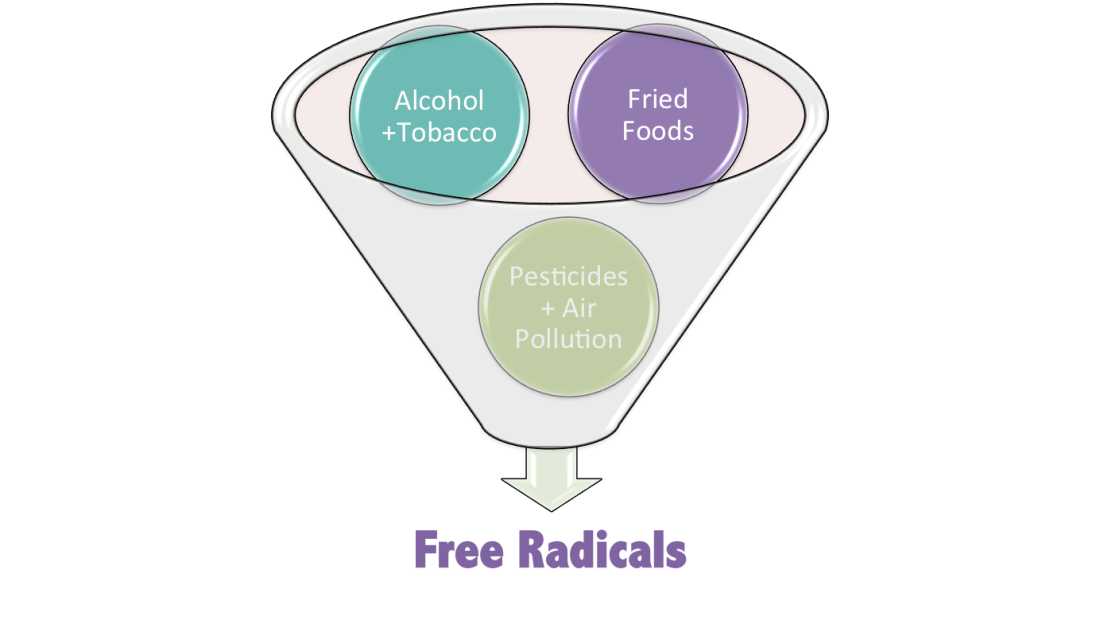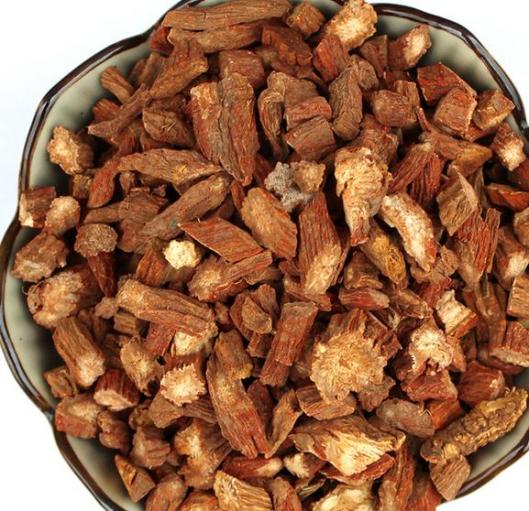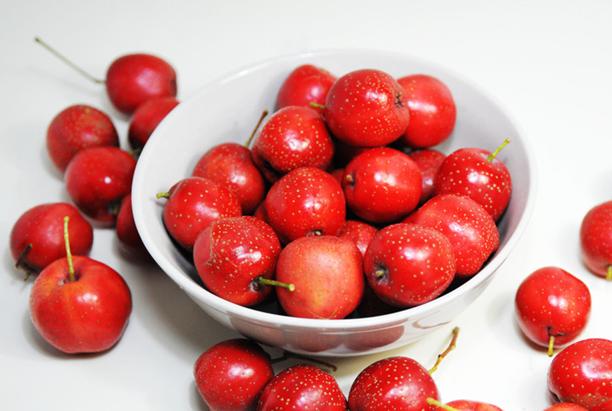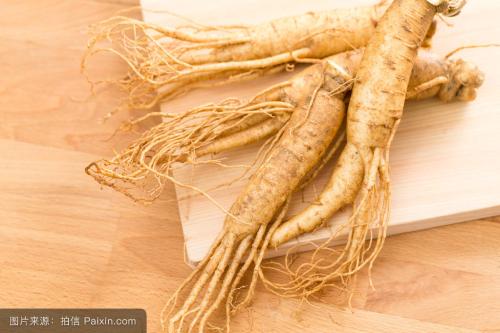Last week, I attended a class called “Chinese Panorama.” The purpose of this 5-week class is to give an overview of Chinese history and culture as a precursor to understanding modern-day China within the context of its past. That’s quite a task to accomplish in only several hours per week. Given the length and complexity of Chinese history, I had no idea what topics we were going to cover. We went over some classic Chinese inventions, such as gunpowder, and then touched on Chinese Traditional Medicine!
Chinese Traditional Medicine (CTM) is a point of national pride. The Chinese government even promotes the development of CTM as a part of their national economic and social development plan, supporting funding for scientific research related to CTM – I’m definitely curious to see how this research is designed and received.
There’s been some debate about this topic and I want to go over some of the nuances before I dive into my support of CTM. First of all, I don’t view CTM and western medicine as polar opposites. Western medicine has no doubt radically extended our life expectancy; however, our current medical system places emphasis on reactionary care, which is what western medicine does best. Recently, there was controversy over a Chinese actress who used CTM to treat her cancer – some view her death as evidence that CTM only has a placebo effect. Yet, this view fails to acknowledge what CTM does best, prevention. So where does prevention end and reactionary treatment begin?
Inflammation triggered by free radicals is a common catchphrase in the health world. CTM, specifically herbal medicine, targets the root of this problem. One theory of disease is that chronic inflammation plays a role in triggering a plethora of diseases such as cancer, heart disease, and arthritis. With this, genetic, environmental factors, and one’s immune system also plays a role in causing illness. When the body accumulates too many free radicals, caused by junk food, pesticides, fried foods, or alcohol, the body goes into a state of oxidative stress, an imbalance between the body’s production of free radicals and antioxidants. This state can activate inflammation, contributing to diseases such as cancer. Hence, the health craze for consuming more antioxidants as a means of disease prevention.

So let’s go back to CTM. In light of the Chinese government’s push to promote CTM, an article in The Economist presents a decent overview of arguments by both CTM supporters and skeptics. The article notes that CTM lacks research to prove its effectiveness due to the lack of randomized control trials (RTC), the gold standard for proving a treatment’s effectiveness. Despite this gap, studies focused on the antioxidant activity of CTM’s herbal remedies do exist. Perhaps the ancient Chinese understood the concept of antioxidants well before modern-day scientists discovered their immune-boosting powers.
Here’s three CTM herbal remedies with proven antioxidant powers and where to buy them:
1. Red sage (Salvia miltiorrhiza or 丹参) appears in several studies – not only does it shows promising anti-cardiovascular disease results, but it also has antioxidant properties, as measured by the herb’s ORAC score know as (Oxygen Radical Absorbance Capacity), a way of measuring an antioxidant’s ability to fight free radicals. Unfortunately, ORAC scores are no longer used due to lack of regulation and misuse by companies seeking to promote their dietary supplements. However, you can see an index of scores from highest to lowest here. Red sage comes as a supplement and it’s easy to buy on Amazon. The target disease it prevents is heart disease.

2. Chinese hawthorn fruit (Shan Zha 山楂) also has proven antioxidant components. In CTM, Shan Zha is also used to treat heart disease by lowering cholesterol and supporting the link between free radicals and heart disease. Supplements are also available on Amazon or in candy form if you can find them fresh and follow this recipe – possibly great for making them child-friendly. Note: beware if you already have abnormally low blood pressure.

3. Ginseng (人渗) is helpful in regulating type 2 diabetes and upper respiratory infections. It’s also proven to have antioxidant properties and the source comes from an RTC. I’m sharing a skeptical article called “Why You Should Be Careful About Ginseng,” which acknowledges Ginseng’s immune system boosting power while warning the reader that ginseng is not a cure-all treatment.
